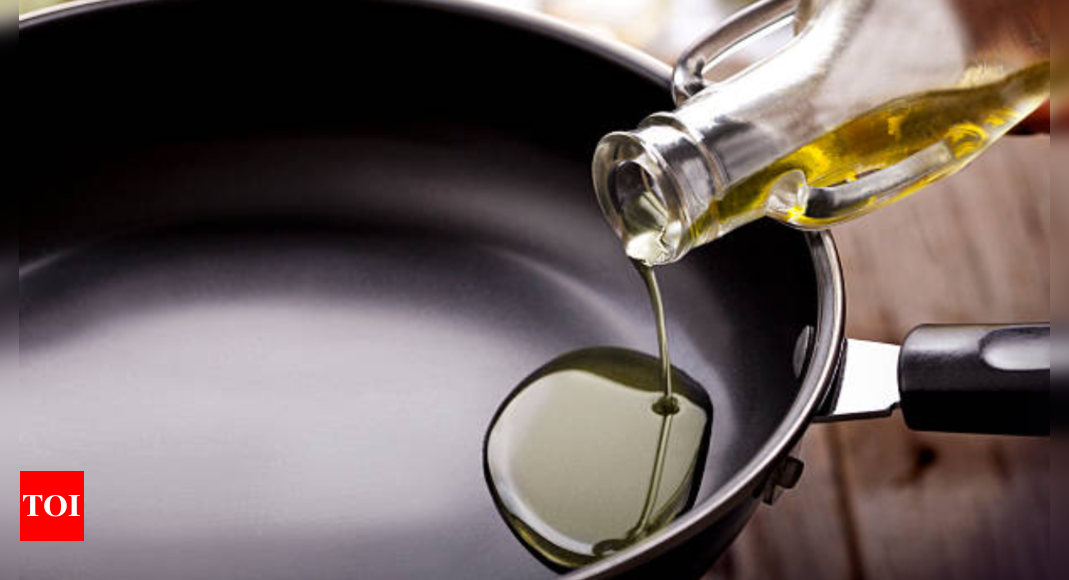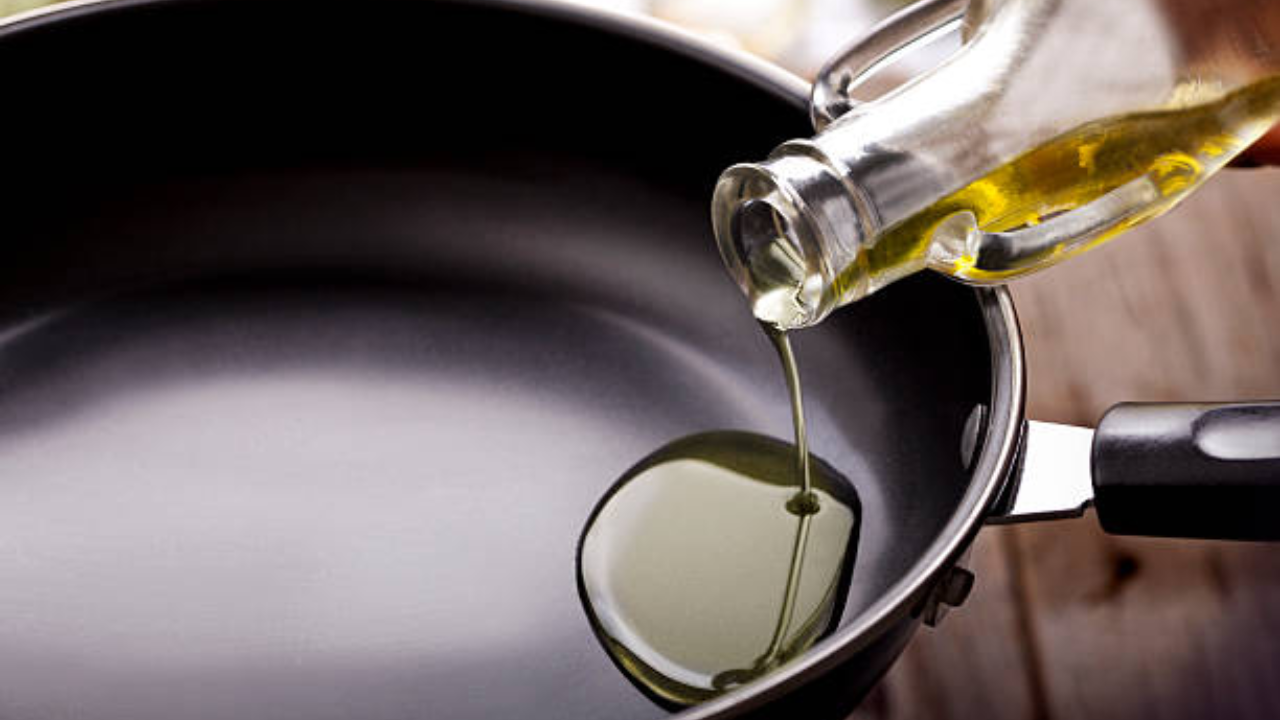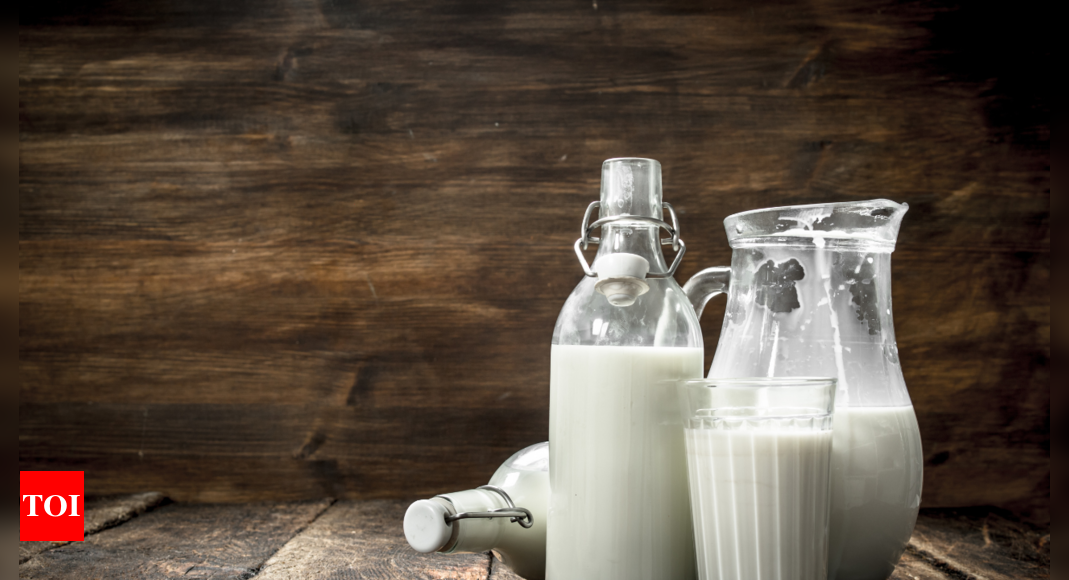In the past, the apex food regulator of the country has seized such adulterated cooking oil manufacturers.Here arises an important question, what is fake cooking oil? How to identify whether the cooking oil that we purchase from the market is fake or genuine?
Identifying fake cooking oil is crucial for both health and economic reasons. Fake or adulterated cooking oils can contain harmful substances and may lack the nutritional benefits of genuine oils. Fake cooking oil refers to oils that are adulterated or not pure. For example, expensive oils like olive oil might be mixed with cheaper ones like soybean or palm oil, industrial oils may be repurposed for cooking and harmful chemicals might be added to alter the appearance or taste.
Here’s how you can identify fake cooking oils
Genuine oils usually list a single type of oil. Multiple oils in the ingredient list may indicate blending. Look for the expected nutritional profile of the oil. Check for certifications like organic, non-GMO, or specific country standards. Make sure the oil is within its expiry date, as expired oil can indicate poor quality.
If the price of the oil is significantly lower than the average market price, it could be an indication of adulteration.
Ensure the bottle is sealed properly. Broken seals or loose caps can indicate tampering. Purchase oils from reputable brands that have established quality standards.
Genuine oils have specific color and clarity. For example, olive oil is usually golden-green, while sunflower oil is pale yellow. Any unusual color or cloudiness can be a red flag.
Genuine oils have characteristic smells. Olive oil, for instance, should have a fresh, fruity aroma. An off or rancid smell indicates spoilage or adulteration.
Poll: What is the first thing you did in the morning immediately after waking up?
Taste a small amount of the oil. It should have a clean, natural taste. Any bitterness or odd flavors could indicate contamination.
Simple home tests to check oil quality
- Place a small amount of oil in a clear container and refrigerate it. Pure oils will solidify, while
adulterated oils may remain liquid. - Put the oil in the freezer. Pure olive oil, for example, should start to solidify within 30 minutes.
- Drop a small amount of oil on a white paper and let it dry. Pure oil will leave an even, translucent spot without a greasy ring.
- Take cooking oil in a test tube and add 4 ml of distilled water to it. Shake the test tube for a few seconds. Now take 2 ml of this liquid in another test tube and add 2 ml of concentrated HCL to this. There will be no color change if the oil is unadulterated, however if the oil is adulterated a red color will be seen on the top most layer of the oil.
- To check the purity of coconut oil, take some oil in a container, and keep it in the refrigerator with a temperature between 5-10 degrees. Wait for 60-90 minutes. Pure coconut oil will solidify, however, adulterated oils will have a separate layer on the top due to separate freezing points of the oils.




